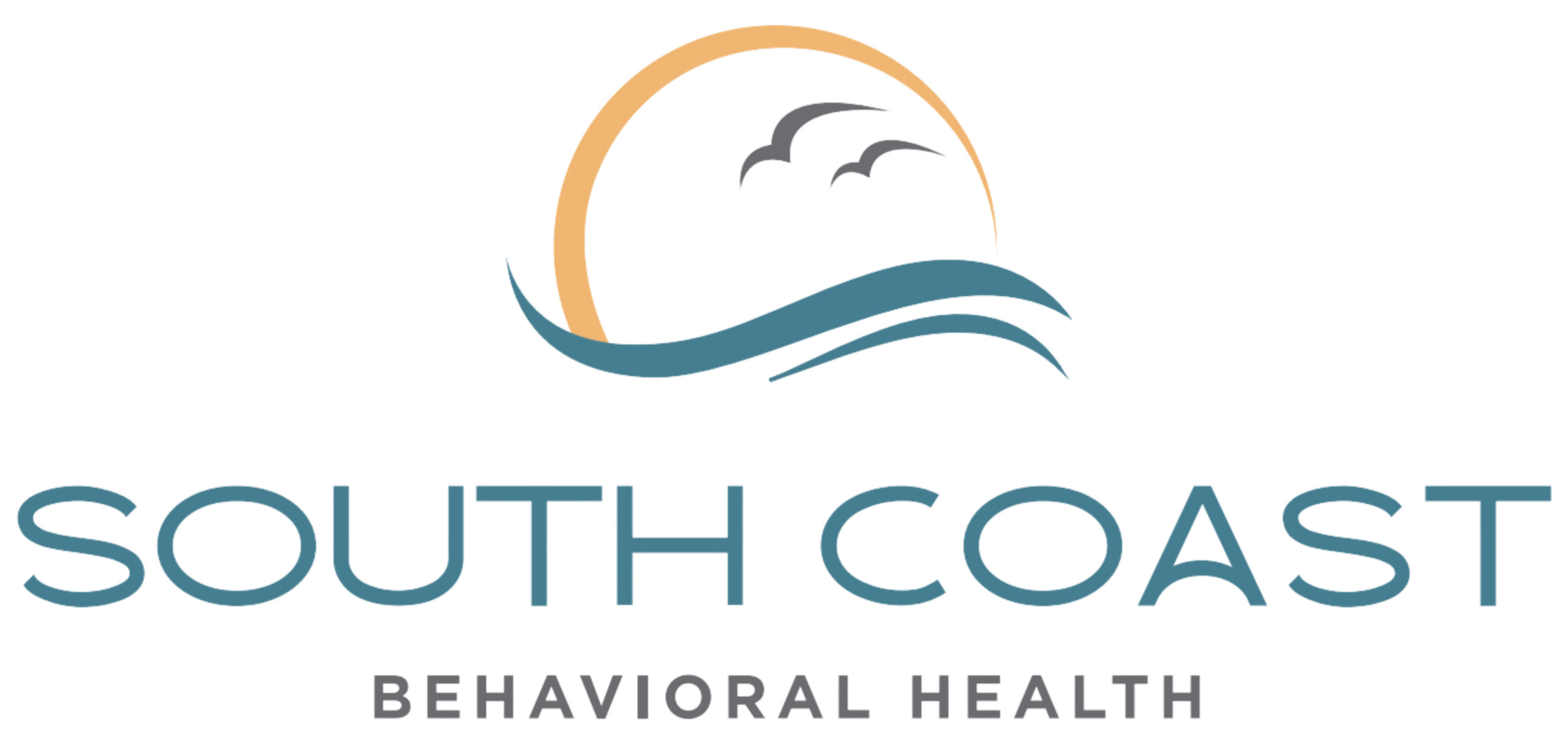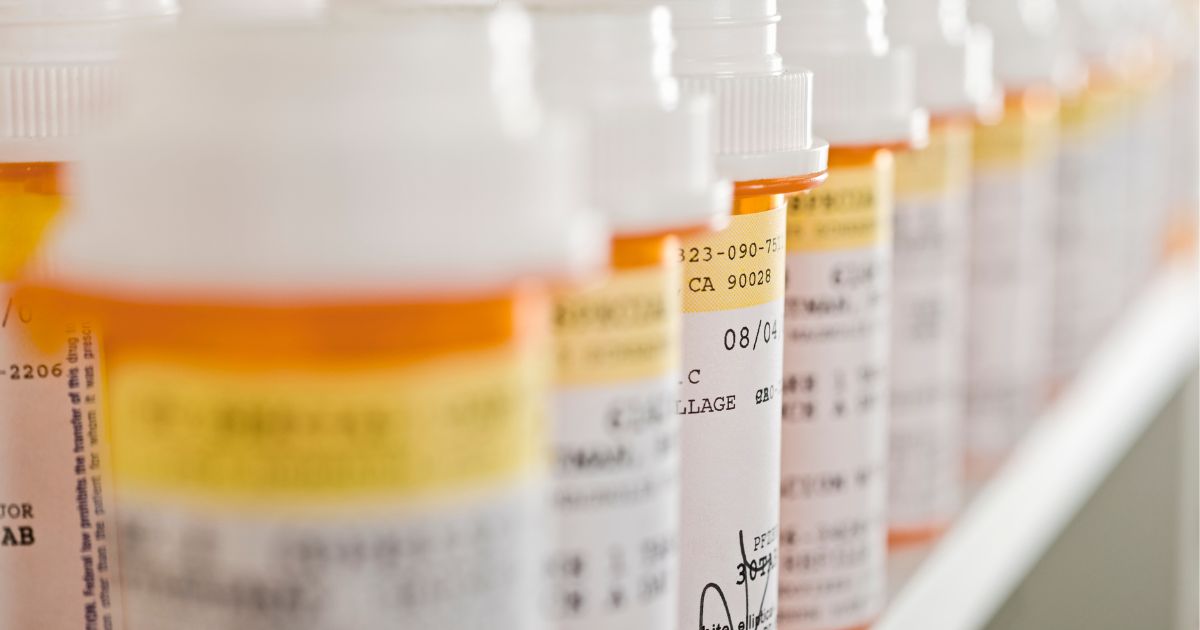What Is Crystal Meth?
Crystal meth (methamphetamine) is a highly addictive synthetic stimulant that affects the central nervous system. It can appear as clear or bluish-white rocks. Methamphetamine is chemically related to amphetamine, but its effects on the CNS are more intense.
Methamphetamine was first synthesized in 1893 by Nagai Nagayoshi, a Japanese chemist. It was then synthesized into crystal form by Akira Ogata in 1919, and later was used during World War II to keep soldiers awake.
In the 1950s, it was marketed as a diet aid and antidepressant under the brand name Methedrine. Over time, as awareness of meth addiction symptoms became more apparent, the drug came under strict control and regulation. Today, it’s often made in an illegal meth lab and classified as a Schedule I drug by the DEA, meaning a high potential for abuse and addiction.
Crystal meth can be consumed a couple of ways:
- Smoking (ex: meth pipe)
- Snorting
- Injection
- Oral ingestion
Crystal meth increases the release and blocks the reuptake of the neurotransmitter dopamine, leading to high levels of dopamine in the brain, which is associated with the feeling of euphoria. Users may experience increased energy, focus, and confidence; they also experience a variety of serious side effects and meth addiction symptoms.
Crystal meth has found its way into popular culture, most notably through the show Breaking Bad, a show where the main character turns to manufacturing methamphetamine to secure his family’s financial future after being diagnosed with cancer.
Through such portrayals, awareness of the drug, its effects, and the associated subculture have become more widespread. However, these portrayals can sometimes downplay or glamorize the extremely destructive and dangerous nature of meth addiction symptoms.
What Are Some Common Meth Addiction Symptoms?
Meth addiction symptoms can manifest through a variety of behavioral, physical, and psychological symptoms.
Here are some common symptoms associated with meth addiction:
Short-Term Meth Addiction Symptoms:
- Increased alertness and energy
- Euphoria
- Increased cardiovascular strain
- Decreased appetite
- Increased body temperature
- Dilated Pupils (“meth eyes”)
- Insomnia: Difficulty falling or staying asleep.
- Paranoia
- Hallucinations
- Delusions
- Mood swings
Long-term Meth Addiction Symptoms:
- Addiction
- Tolerance
- Withdrawal Symptoms
- “Meth Mouth” — Severe dental problems including tooth decay, gum disease, and tooth loss.
- Skin sores
- Cognitive impairment:
- Psychosis
- Chronic health conditions such as heart, liver and kidney disease
- Dental issues (“meth teeth”)
- Malnutrition
- Depression
- Anxiety
- Social dysfunction
Methamphetamine addiction can have devastating effects on individuals’ lives, and the earlier someone seeks help, the better the chances for recovery.
If someone is suspected to be struggling with meth addiction, it’s important to encourage them to seek professional help. Meth addiction can be very dangerous, but with appropriate treatment and support, recovery is possible.
Get confidential help from our addiction treatment specialists in Orange County. Call to join our rehab program today!
Call 866-881-1184How Is Meth Addiction Treated?
Research shows the most effective treatments for meth addiction include:
Cognitive Behavioral Therapy
Cognitive-Behavioral Therapy (CBT) is a form of psychotherapy that addresses the relationship between thoughts, feelings, and behaviors, aiming to interrupt the cycle of addiction.
For meth addiction treatment, CBT assists individuals in identifying the triggers that lead to meth use and in developing coping strategies to prevent relapse. Through CBT, individuals can learn to change detrimental thought patterns and behaviors which, in turn, can help maintain abstinence from meth.
The Matrix Model
The Matrix Model is a comprehensive treatment method for stimulant addiction, which includes methamphetamine. Individual and group therapy, family education, behavioral therapy, and 12-step facilitation are all part of the treatment plan.
Twelve-step Programs
Twelve-step programs like Narcotics Anonymous (NA) or Crystal Meth Anonymous (CMA) offer moral support in the form of like-minded individuals for those recovering from meth addiction. These programs follow a set of guiding principles, the 12 steps, that outline a course of action for tackling addiction.
Looking for quality substance abuse treatment that’s also affordable? South Coast accepts most major insurance providers. Get a free insurance benefits check now.
Check Your CoverageMeth Addiction Treatment at South Coast Behavioral Health
For meth abusers struggling with the negative effects of meth addiction or co-occurring disorders, South Coast Behavioral Health is here to help. We treat drug and alcohol addiction along with the causes and risk factors for both. Meth addiction signs are tough to witness. We can help you learn about meth and the admissions process for treating it. If you are addicted to meth, we can help.
If you notice symptoms of meth abuse or addiction signs in a loved one, call our drug and alcohol treatment center as soon as possible. Those addicted to methamphetamine are not doing themselves any favors. Methamphetamine abusers are risking it all to feel pleasure, but actually perpetuate mental illness.
The first step before treatment can begin is going through a medical detox. Our medical detox program in California is staffed by caring and compassionate professionals who can provide you with medications to manage your withdrawal symptoms. They know the signs of methamphetamine withdrawal as well as a person’s history to better help them along.
At South Coast, we take pride in offering care that is closely tailored to specific issues. To that end, we offer gender-specific detox programs, with medical detox for men in Irvine, CA, and medical detox for women in Huntington Beach, CA.
After detoxing, proper treatment can begin.
Treatment for substance abuse takes place along an entire spectrum of care. Along that entire spectrum are various behavioral therapies, support groups, and the use of medically-assisted treatment (MAT).
These levels of treatment are, in order, as follows:
Residential Treatment in California
After completing medical detox, you’ll move to inpatient treatment in Orange County California. There, you’ll receive medically-assisted treatment and dual diagnosis treatment to deal with any cravings or co-occurring mental health issues you may be battling.
We also offer residential treatment facilities in Costa Mesa, Irvine, and Huntington Beach for those who desire gender-specific treatment. There, patients get round-the-clock medical attention and monitoring while living at the institution full-time.
In addition to individual and group counseling and medication management, you’ll also have access to leisure activities and family support services.
Partial Hospitalization Program in California
Most clients start substance abuse treatment with South Coast in our residential treatment program. After completing that, many desire something that still provides structure and support, but with extra space and time to oneself. For that, we offer Partial Hospitalization in Newport Beach.
A step down from inpatient care but with more structure than conventional outpatient programs, partial hospitalization offers a good balance for those looking to ease back into normal life. Clients can receive care five to seven days a week for several hours each day, returning to their homes in the evening.
This way, they can recover without putting their daily lives completely on hold, receiving intense therapeutic interventions like group and individual therapy, skill development, and medication management as necessary.
Intensive Outpatient Treatment in California
For those leaving inpatient residential treatment or partial hospitalization, intensive outpatient programs (IOP) are yet another gradual step forward on the road to recovery.
With a focus on group therapy, individual counseling, and education, clients undergoing Intensive Outpatient Treatment in Newport Beach can meet three to five days a week. Each session lasts three hours.
This level of care requires the least amount of attendance at a facility.
Get Started Today
The long-term effects of drug abuse are troubling. Substance use disorders can lead to dangerous situations like meth withdrawal and various mental health disorders. If you notice the common signs of chronic meth abuse in a person’s life, it’s time to get help. If you or a loved one are struggling with substance addiction but wonder how long addiction counseling takes or have other questions about disorders we treat, call us at 866-881-1184. Our highly qualified staff will be happy to help give you an idea of what to expect from your addiction recovery timeline, help verify your insurance, teach you more about the addictions we treat, and assist with any other questions you may have about drug rehab and methamphetamine addiction. We can also assist with payment information and professional referrals.
























